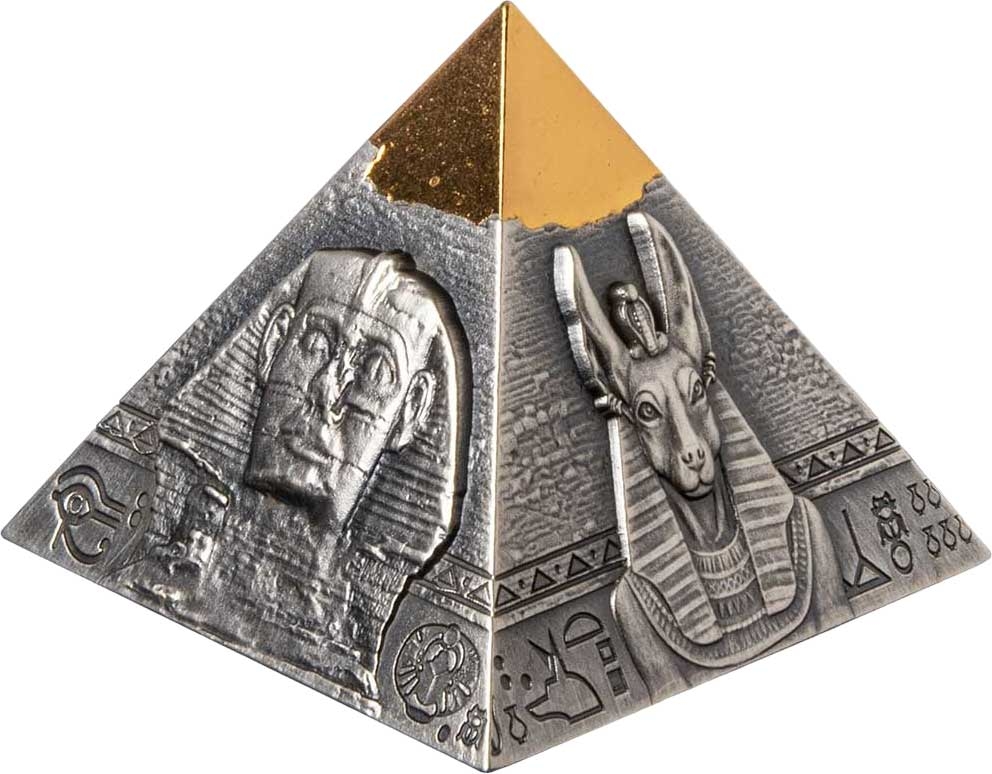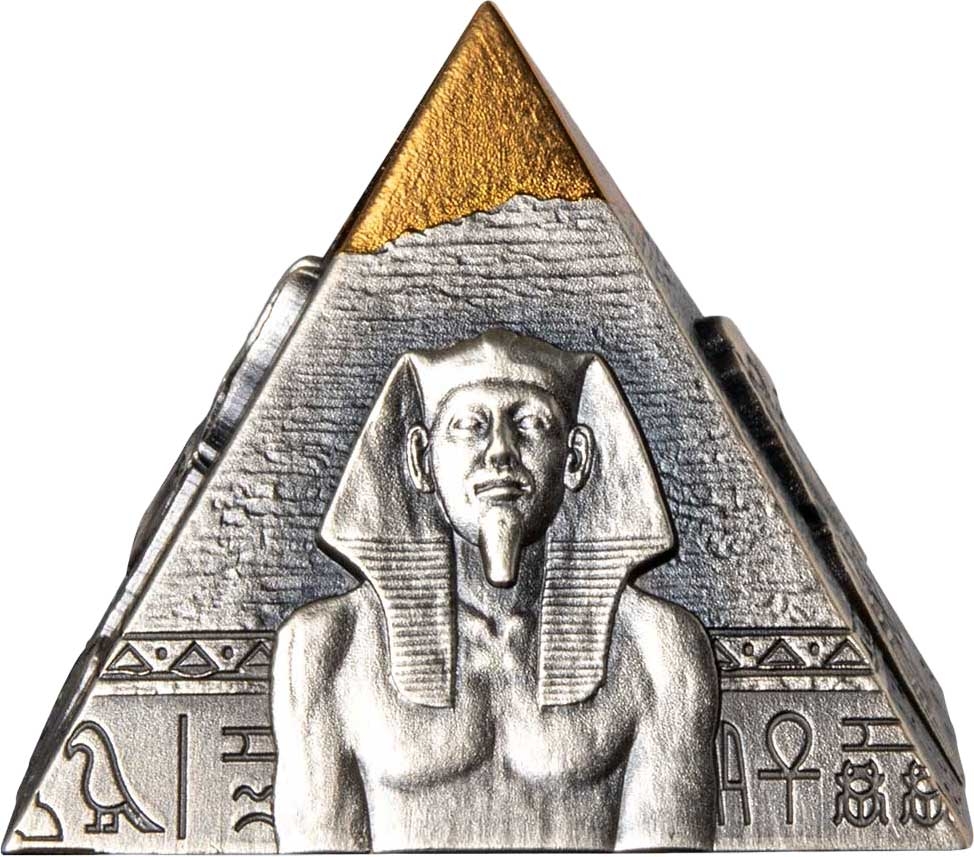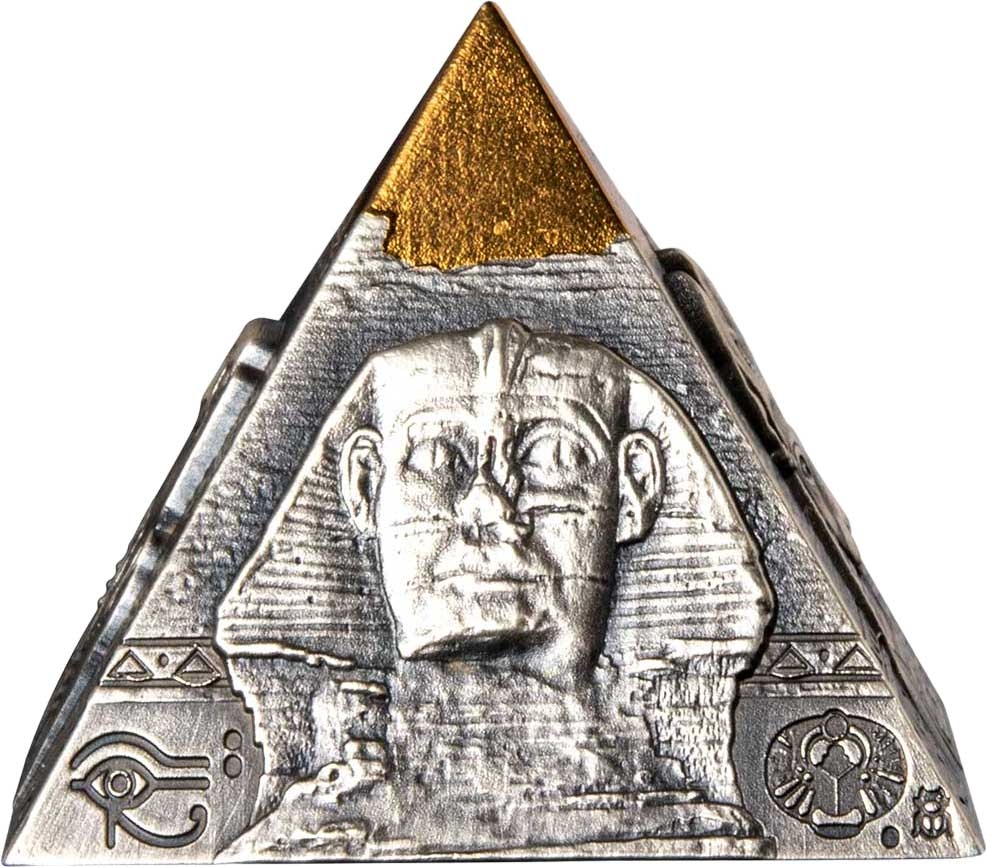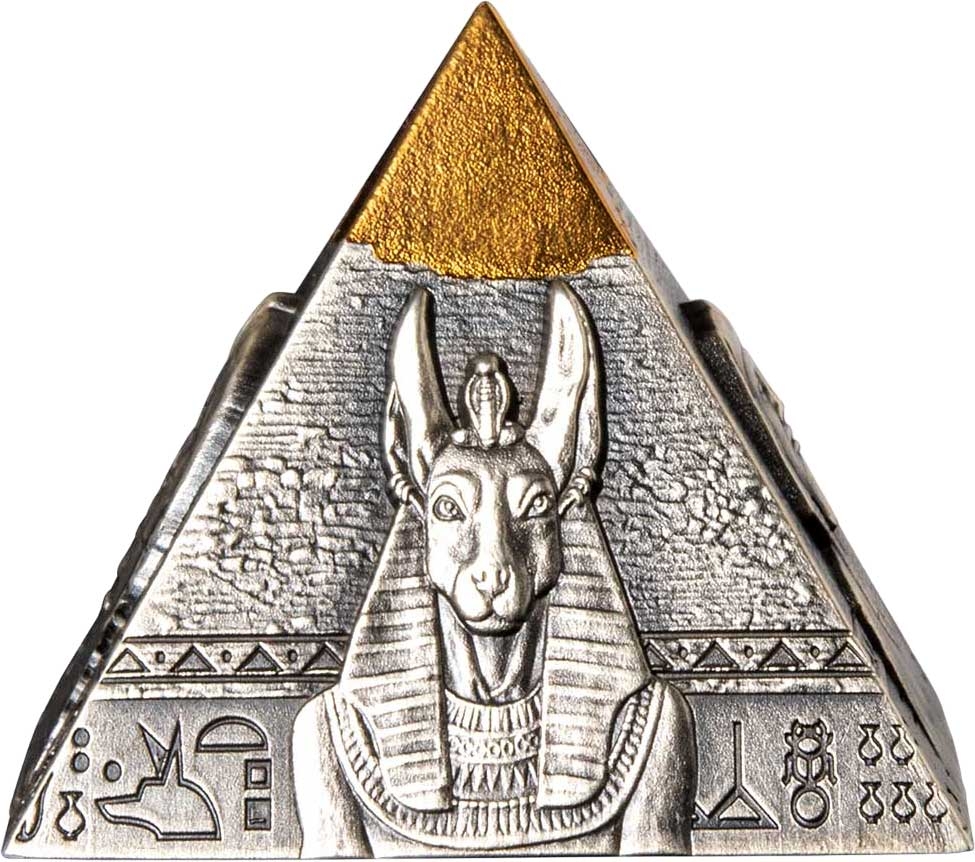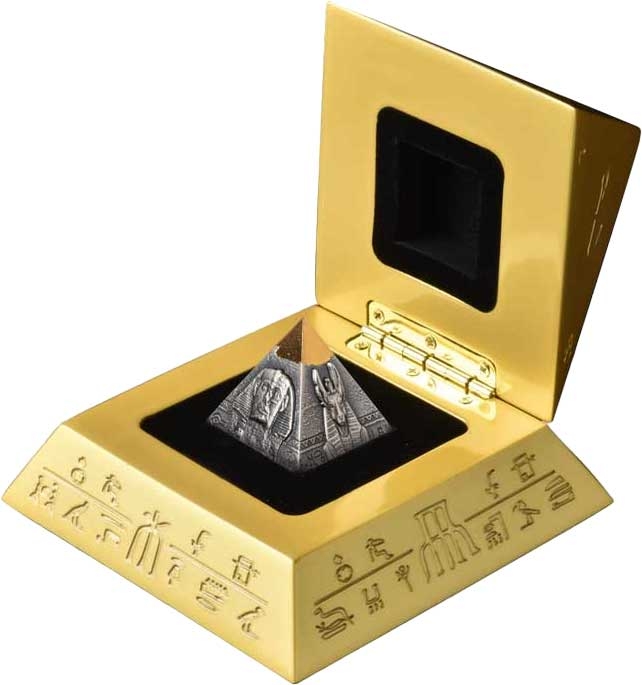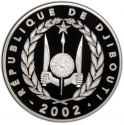You are about to finish your registration. Please check your mailbox (including spam folder). There should be a letter with a confirmation link. Check setting to make sure that your e-mail address is correct.
Send letter againDescription
The pyramid known as Khafre or Chephren stands at the center of the Ancient Egyptian Pyramids of Giza, positioned as the second tallest and second largest among them. Serving as the tomb for the Fourth-Dynasty pharaoh Khafre (Chefren), who reigned approximately from 2558 to 2532 BC, this architectural marvel boasts a base length of 215.5 meters (706 feet) and ascends to a towering height of 136.4 meters (448 feet). Comprising limestone blocks, each weighing over 2 tons, the pyramid showcases a steep slope, inclined at a 53° 13' angle, which surpasses the neighboring pyramid of Khufu with its angle of 51°50'24". Positioned on bedrock elevated 10 meters (33 feet) higher than Khufu's pyramid, Khafre's structure creates the illusion of greater height.
Obverse

|
Depicts the national arms within the wreath, country name in French above, Denomination, metal, purity and weight below, and the year of issue on the bottom. In the foreground, the coin has engraved hieroglyphics REPUBLIQUE DE DJIBOUTI |
|---|---|
Reverse

|
Depicts four facets featuring the bust of Pharaoh Khafre, the Great Sphinx with its deliberately damaged nose, the sun god Ra, and the god of death Anubis. At the apex, the pyramid's tip is adorned with 24k gold gilding to emulate its original appearance. |
| Edge | - |
250 Francs
Pyramid of Khafre
KM# 112
Pyramid of Khafre
Characteristics
| Type | Commemorative Issue (Non-circulating) |
| Material | Silver |
| Fineness | 0.999 |
| Weight | 31.89 g |
| Diameter | - |
| Side1 | 36 mm |
| Side2 | 36 mm |
| Side3 | - |
| Thickness | 30.2 mm |
| Shape |
|
| Alignment | - |
| Mint |
Shanghai Mint
|

